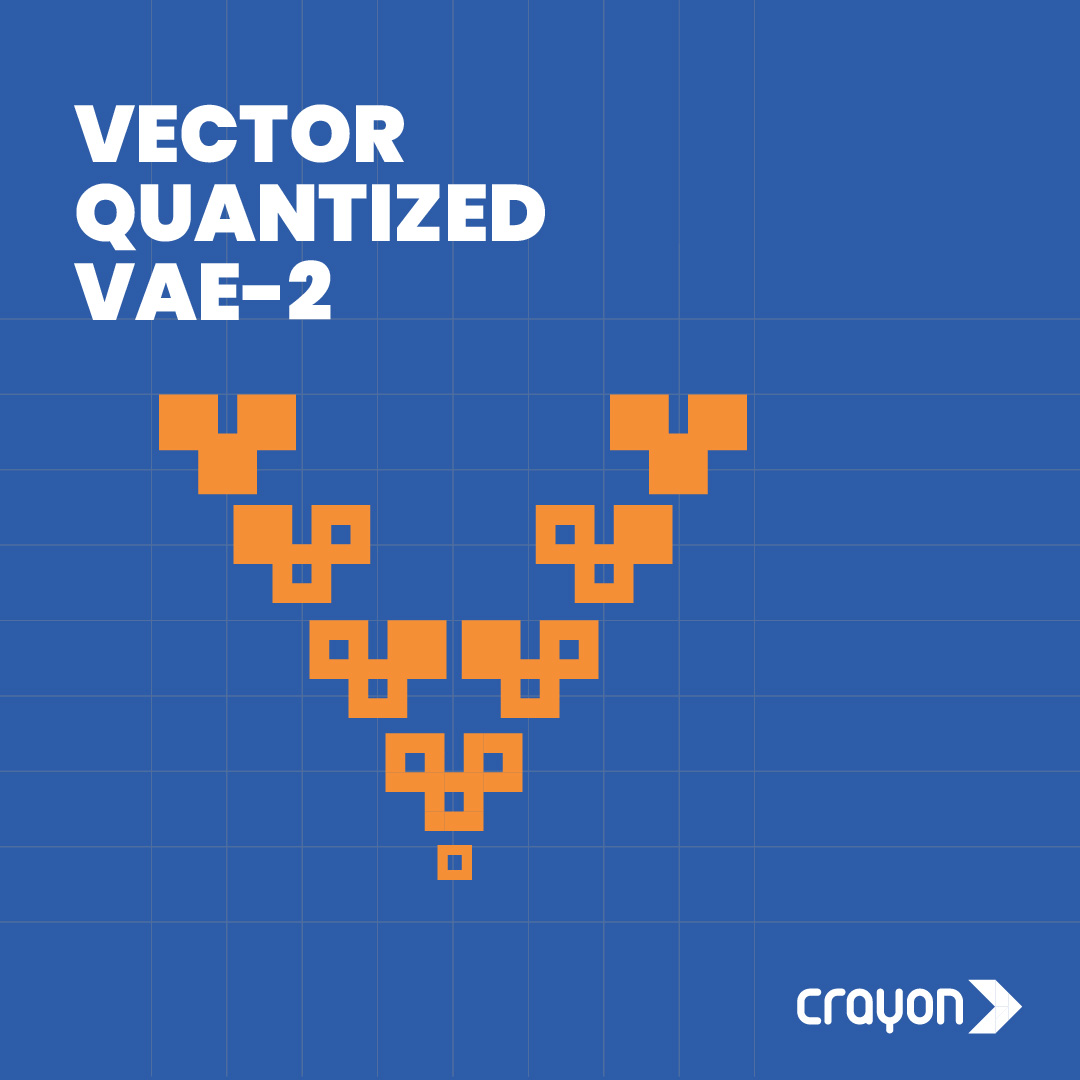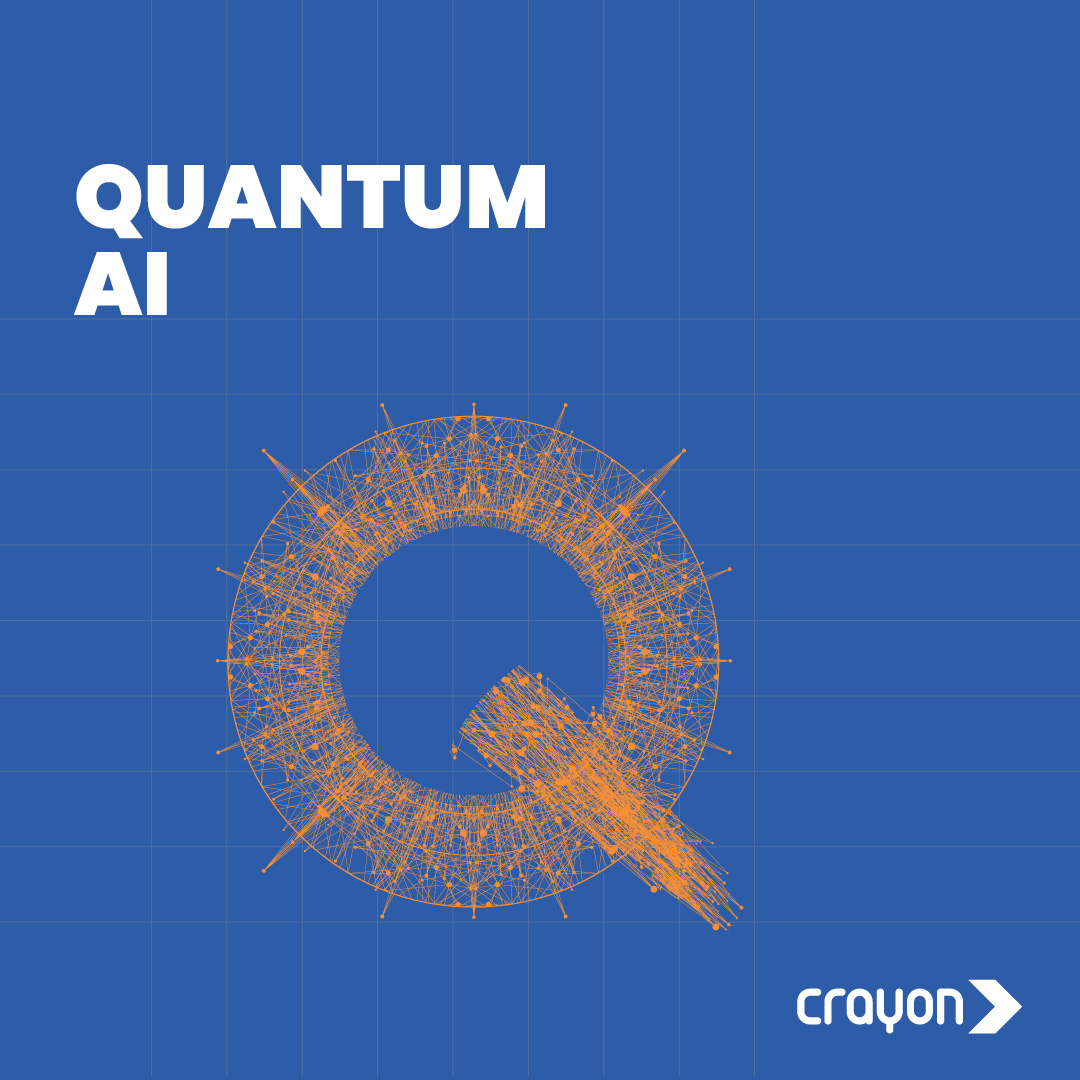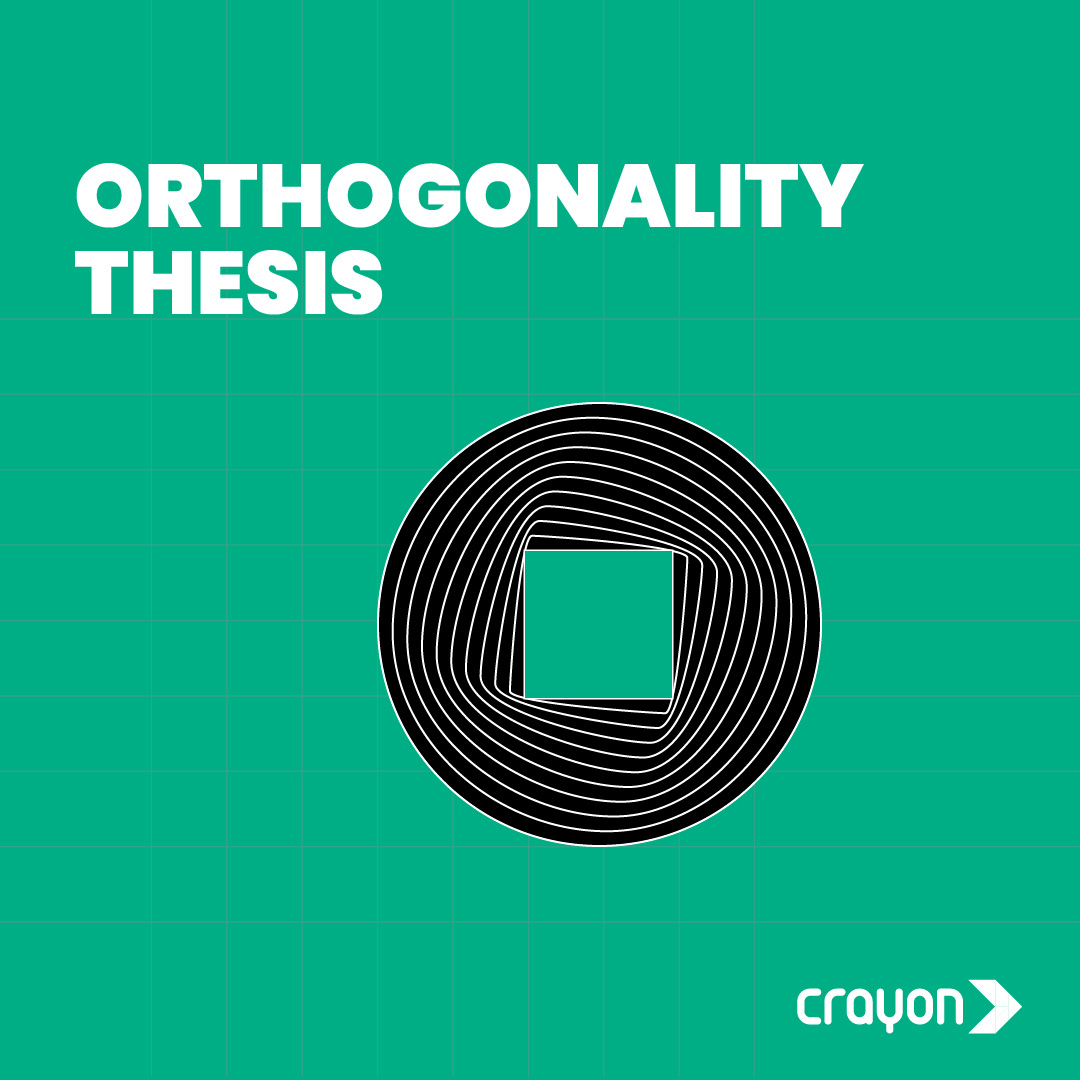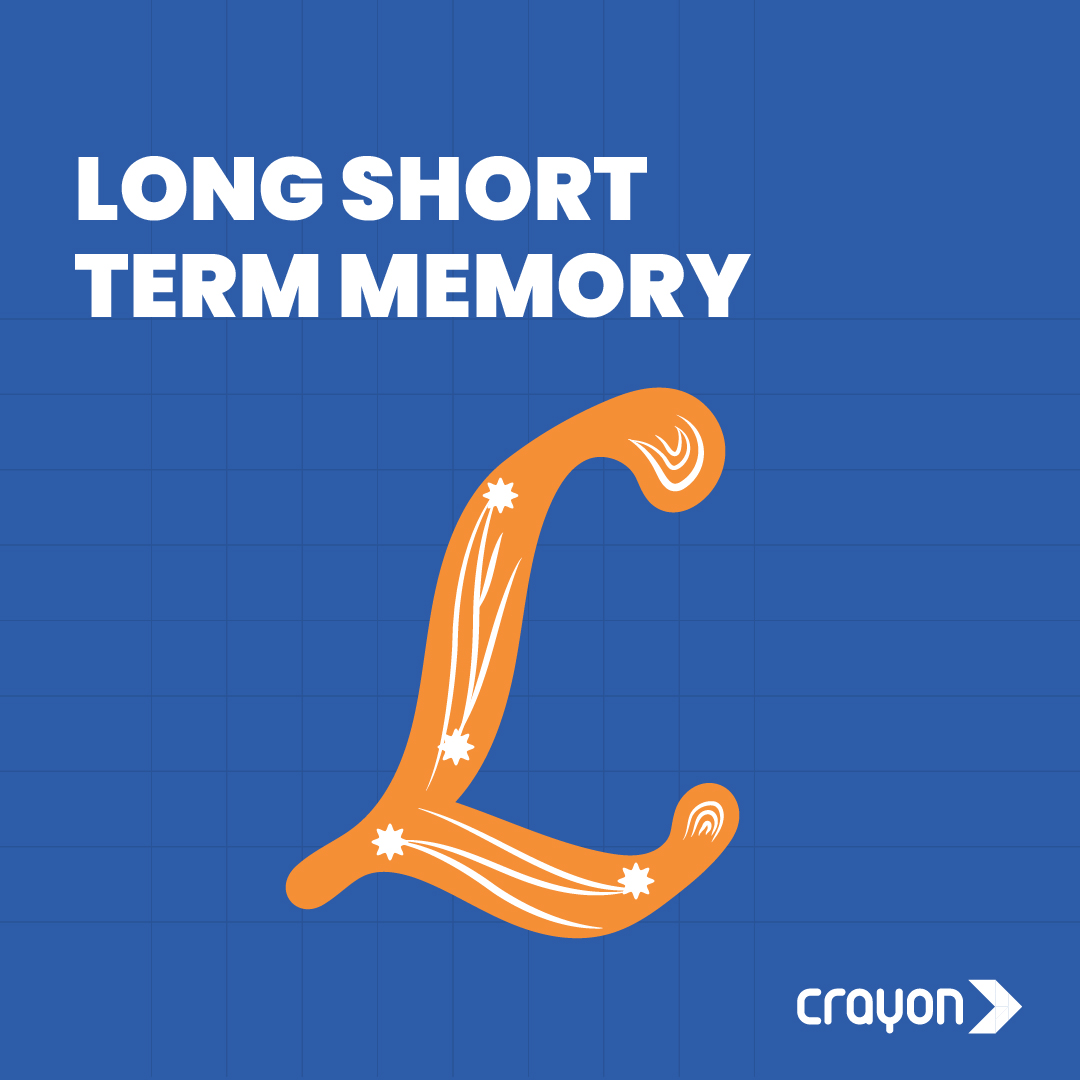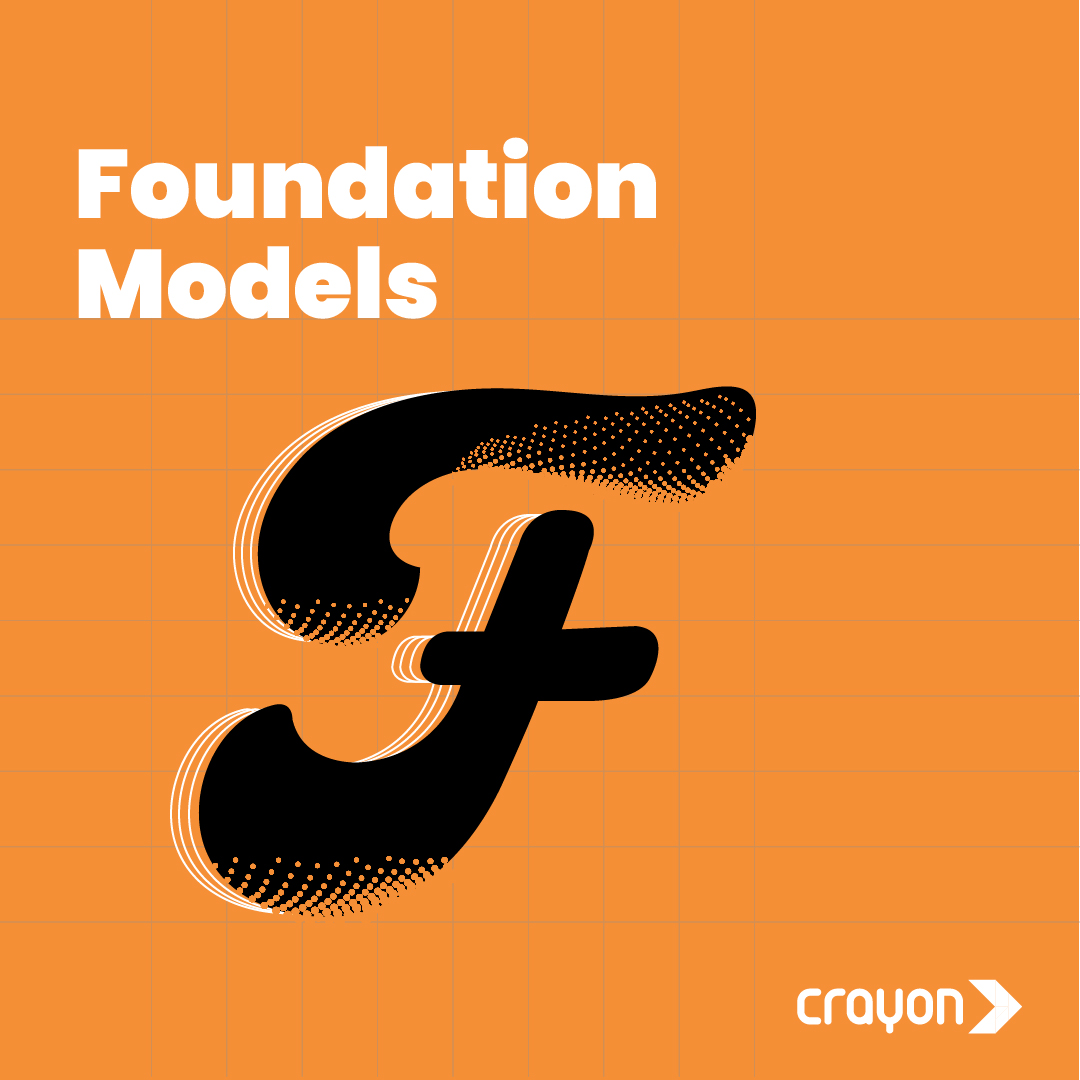The E3 model stands for Efficient Ensemble Empowered by a few-shot learning model.
E3 is a concept that combines ensemble learning with few-shot learning to create a more efficient and effective ensemble model. Ensemble learning involves combining predictions from multiple models to improve overall performance and generalization. On the other hand, few-shot learning aims to enable models to learn from a small amount of labeled data, which is particularly useful when labeled data is scarce.

The Magic of Not Just What But How
“E3″ leverages few-shot learning techniques to select the most appropriate models for an ensemble.
Instead of combining all available models, it identifies a subset of models that are most likely to contribute positively to the ensemble’s performance. This is particularly helpful in scenarios where training and maintaining a large ensemble might be resource-intensive or impractical. The process typically involves the following steps:
- Model Pool: A diverse pool of candidate models is selected or trained.
- Few-shot Learning: A few-shot learning mechanism is used to evaluate the performance of each candidate model on a small validation set or using a few labeled examples.
- Selection: Models that perform well with few-shot learning are selected for the ensemble, emphasizing efficiency, and reducing redundancy.
- Ensemble Combination: The selected models’ predictions are combined using techniques such as averaging, voting, or weighted averaging.
By focusing on models that demonstrate good performance with limited data, E3 aims to achieve competitive results while minimizing computational and resource requirements. This is kind of a meta-ensemble strategy that disproportionately outperforms the previous state-of-the-art models.
While striking a balance between the benefits of ensemble learning and the efficiency of few-shot learning, the E3 model gives a reciprocal boost to each model. Though relatively new, it has already been shown to be effective in a wide range of applications.




